Sop Ruak – the center of the Golden Triangle
The Golden Triangle is in Chiang Rai Province, in the far north of Thailand. The English name comes from the meeting of Laos, Myanmar and Thailand here, but to the locals it’s Sop Ruak, since this is where the Mekong meets the Ruak River. Historically the Golden Triangle has been an area well-known for the growing of opium, and the name comes from a US State Department memo on the practice. These days, though, the place lives on the cultivation of tourists, and this is undoubtedly the largest tourist trap in northern Thailand. The landscape is hilly, divided by the Ruak River that flows into the Mekong (Mae Khong) River. These rivers form a natural boundary between the three countries Laos (to the east of the Mekong), Myanmar (to the north of the Ruak), and Thailand (to the west of the Mae Khong). Most people seem to come here on guided bus tours. For independent travellers, blue songthaews run through the Golden Triangle from Mae Sai (45 min, 50 baht) to Chiang Saen (15 min, 20 baht) and back again every 20 minutes or so 08:00 – 12:00. Greenbus minivans run from Chiang Rai Bus Terminal (50B) to Mae Chan, Chiang Saen and Golden Triangle (early morning – 17:00). At The Golden Triangle the Greenbus minivan bus stop is in front of the restaurant which is next to the entry road of the parking lot behind the Big Buddha statue (diagonally opposite Wat gate). There may be traffic guards at the road entrance who can show you where the stop is (it is not marked). It runs every 30-60 minutes (trip can take up to 2 hours to Chiang Rai). If you miss the last songthaew/bus, you will be at the mercy of the tuk-tuk and motorcycle taxi drivers that will charge around 70 baht for the 10km trip from the Golden Triangle to Chiang Saen. Check the tourist information booth for the latest information (it is located approx 100m NNW of Big Buddha statue [towards Mae Sai]) The main area is the Thai riverside near the point where the rivers meet, which — in the dry season, when the Mekong runs low — is even marked by a handy sandbar. This in itself is pretty anticlimactic, so a series of increasingly bizarre attractions have been erected by the riverside to make up for it: there’s a giant golden Buddha on a ship, elephant statues where you can clamber to pose atop a palanquin (in exchange for a donation, of course), elaborate shrines to the royal family, half a dozen signs stating that yes, this really is the Golden Triangle and, inevitably, river cruise touts, souvenir shops and Western-style cafes. Phra That Doi Pu Khao (พระธาตุดอยปูเข้า) is located on the hill just before the Golden Triangle and believed to have been built by a king of Wiang Hirannakhon Ngoen Yang in mid-8th century. Remains of antiquities are in the Viharn with crumbled Chedis.
The valley of the Hall of Opium
Hall of Opium, Golden Triangle Park (หอฝิ่นอุทยานสามเหลี่ยมทองคำ), Moo 1, Ban Sop Ruak, Tambon Wiang (around 2 km north of center, on the way to Mae Sai). One of the best museums in all Thailand and almost certainly the most interesting place to visit in the Golden Triangle, the Hall of Opium exhibits the history of opium around the world and in the area, the process of production, the effects of opium smoking and campaigns to eradicate and substitute the crop. There’s even a tiny opium plantation inside! The Hall describes itself as “edutainment”, and indeed this is something of an opium theme park, with the latest in snazzy multimedia exhibits and lots of subtle hectoring about the evils of addiction. To their credit, though, they don’t whitewash Thailand’s own history at all and even the CIA’s exploits are covered in detail. Popular with tour groups and school children. Run by the royal Doi Tung Foundation, with profits going to charity. 200/150 baht foreigner Thai. House of Opium, 212 Moo.1, Ban Sop Ruak, Tambon Wiang. A genuine privately run museum, unrelated to and much smaller and more serious in tone than the Hall. Lots of opium paraphernalia and information on the production process from beginning to end. 50 baht.
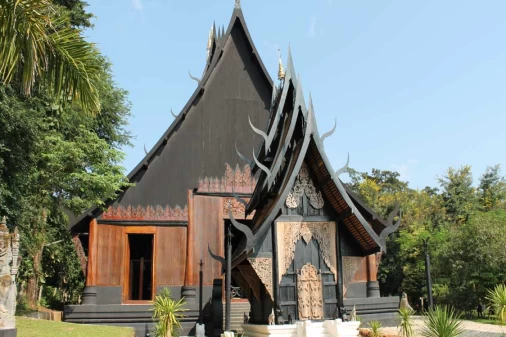
Baandam
Another of Chiang Rai’s more extraordinary sites, in a town that’s blessed with several rather eccentric...
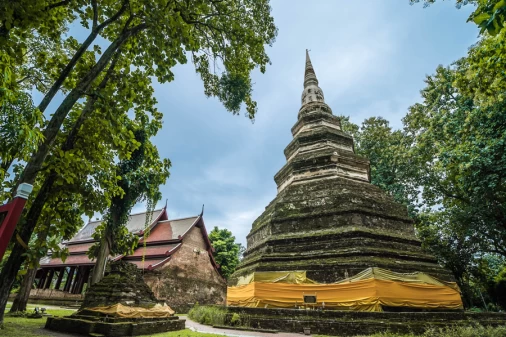
Chiang Saen
Once one of the major cities of the Lanna kingdom, it was originally called Wiang Hiran Nakhon Ngoen...
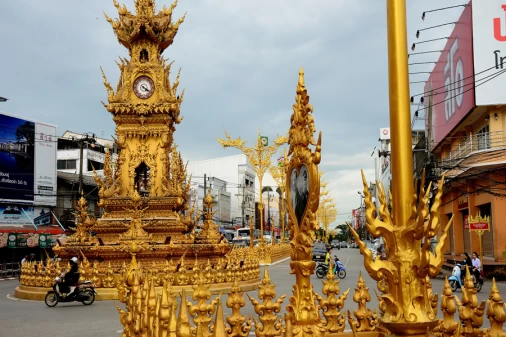
Clock Tower
When you look at all the travel guides and sites about Chiang Rai in Northern Thailand they always use...
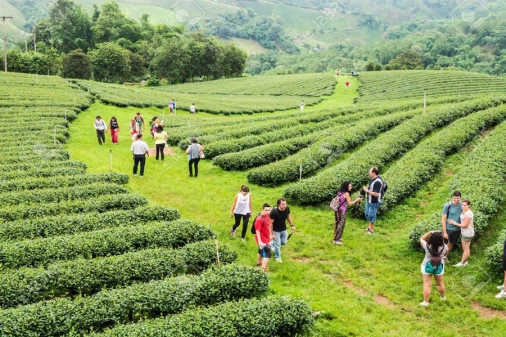
Doi Mae Salong
Mae Salong’s early history centred on the the opium trade of the Golden Triangle. Its recent history...
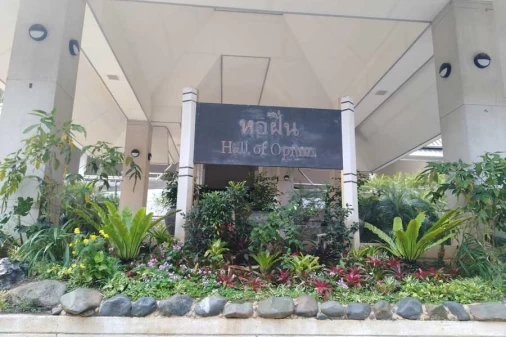
Hall of Opium
The Hall of Opium Museum is a combination of multimedia and exhibition to make learning more fun. Aiming...
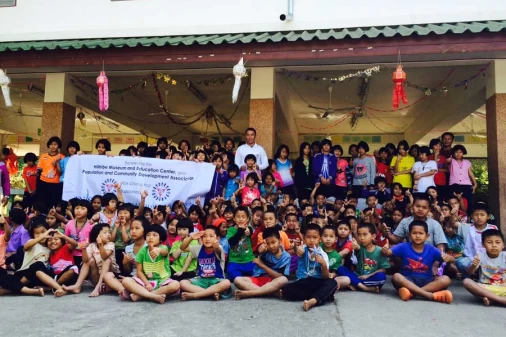
Hill Tribe Museum
Hilltribe Museum and Education Centre is run by a nonprofit organization called the Population and Community...
You may also like
The Best of Thailand 7 Days
- Depart Time:Daily
- Starts/Ends:Bangkok/Chiang Mai
- Tour type:Private Tours
- Travel Style:Nature & Adventure, Family Tours, Culture & History
- Activities:Sightseeing Tours, Local culture tours, Cultural, religious and historic sites tours, Countryside and village visits tours
- Suitable for:Solo, Family, Group, Couple
- Age range:1 To 90 Years
- Operated in:English, French, Spanish, German, Italian
Amazing Thailand 10 Days
- Depart Time:Daily
- Starts/Ends:Bangkok/Bangkok
- Tour type:Private Tours
- Travel Style:Nature & Adventure, Heritage Tours, Culture & History
- Activities:Sightseeing Tours, Local culture tours, Cultural, religious and historic sites tours, Countryside and village visits tours
- Suitable for:Solo, Family, Group, Couple
- Age range:1 To 90 Years
- Operated in:English, French, Spanish, German, Italian
Best of the North Thailand 11 Days
- Depart Time:Daily
- Starts/Ends:Bangkok/Chiang Mai
- Tour type:Private Tours
- Travel Style:Nature & Adventure, Family Tours, Culture & History
- Activities:Sightseeing Tours, Local culture tours, Cultural, religious and historic sites tours, Countryside and village visits tours
- Suitable for:Solo, Family, Group, Couple
- Age range:1 To 90 Years
- Operated in:English, French, Spanish, German, Italian
Romantic Thailand 13 Days
- Depart Time:Daily
- Starts/Ends:Bangkok/Bangkok
- Tour type:Private Tours
- Travel Style:Nature & Adventure, Family Tours, Culture & History
- Activities:Sightseeing Tours, Local culture tours, Cultural, religious and historic sites tours, Countryside and village visits tours
- Suitable for:Solo, Family, Group, Couple
- Age range:1 To 90 Years
- Operated in:English, French, Spanish, German, Italian
Thailand Family Holidays 14 Days
- Depart Time:Daily
- Starts/Ends:Bangkok/Bangkok
- Tour type:Private Tours
- Travel Style:Nature & Adventure, Family Tours, Culture & History
- Activities:Sightseeing Tours, Local culture tours, Cultural, religious and historic sites tours, City sightseeing tours
- Suitable for:Solo, Family, Group, Couple
- Age range:1 To 90 Years
- Operated in:English, French, Spanish, German, Italian
 France
France  Spain
Spain  German
German  Italian
Italian 






 Vietnam Tours
Vietnam Tours  Cambodia Tours
Cambodia Tours  Myanmar tours
Myanmar tours  Thailand Tours
Thailand Tours  Laos Tours
Laos Tours